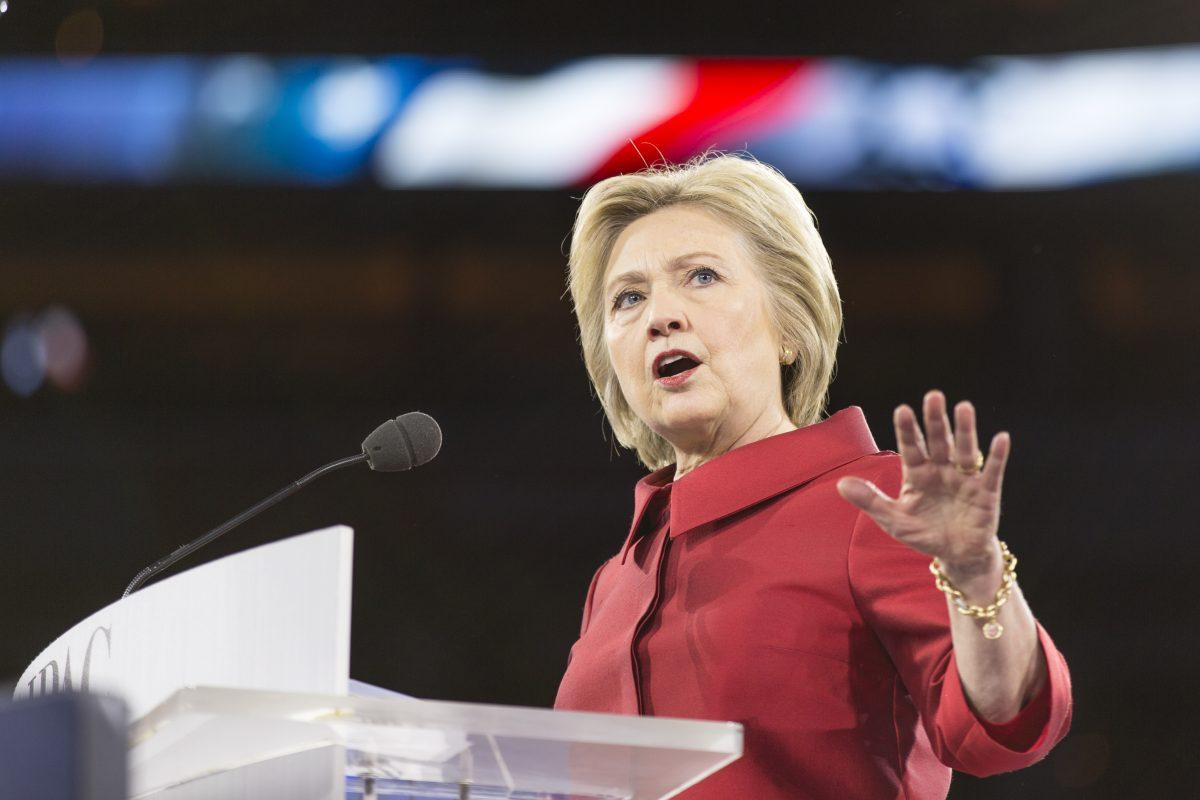Women have come a long way in American politics since Victoria Woodhull became the first female to run for president of the United States in 1872. Last week, Hillary Clinton’s nomination for presidency by a major party launched women even further in their journey to find a place in American democracy.
Hillary Clinton’s life in the public eye has been riddled with controversy and scandal, not the least of which were the investigations into the Clintons’ dealings with the Whitewater Development Corporation, the 1998 revelation of Bill Clinton’s illicit relations with Monica Lewinsky and, most recently, Hillary Clinton’s use of personal email accounts as Secretary of State to conduct state affairs.
The emails, when they came to light, had a polarizing effect on Americans’ view of Clinton. The lack of transparency in her life cost her their trust, dropping her favorability ratings by a net 16 percent between 2012 and 2015, according to a poll conducted by the Pew Research Center. Despite the effect those incidents had on her campaign, Clinton has dealt with many attacks that wouldn’t have been a problem for male candidates.
When she ran for president in 2008, her merit was questioned by MSNBC’s host Chris Matthews, claiming that she was only being considered because of her affiliation with a former president. In 2007, NBC analyst Howard Fineman probed how, as a woman, she would be able to handle matters of national security. And, just last week, Elizabeth Warren’s appearance in Clinton’s campaign in Cincinnati, Ohio left viewers discussing their matching blue pantsuits rather than their talking points.
During Bill Clinton’s first term as president, Hillary Clinton’s popularity dropped by 30 percent because she advocated for health care reform, according to Vox. In Bill Clinton’s second term, Hillary Clinton focused on public appearances, such as on magazine covers, which boosted her approval rating. This pattern shows how when relegated to a less influential role, Hillary Clinton becomes a more attractive public figure.
These sexist attacks have been characteristic of women’s rise to positions of influence. Four in 10 Americans agree women have to do more than men to prove themselves capable of assuming higher roles in politics or business, according to a Pew Research Center study in 2015. However, Clinton has endured these attacks while trying to fight for the office of the president of the United States, which some say is one of the most powerful seats in the world.
Despite what people’s political views and party affiliations are, one must recognize the historical impact of Clinton being the first woman to overcome those obstacles and becoming a presidential nominee for a major U.S. party.
This historic milestone will serve as inspiration for young women to strive for greater heights and test the limits of their potential. Girls will be more likely to assume leadership positions in public service and try to make a difference in areas of society they find lacking when they see the example Clinton has set for them.
Bill Clinton’s description of Hillary Clinton at the Democratic National Convention as someone who “has never been satisfied with the status quo on anything” and that “she always wants to move the ball forward” rang true when she accepted her nomination.
With voting fast approaching in November, electing a female president is in the realm of possibility, heightening the scrutiny on female leaders everywhere. How Clinton handles this nomination and possibly the presidency will set an example for women around the world.
But for now, it’s enough to celebrate this achievement for women and recognize it as what it is — a historic moment.






